Cornerstone of the Outer Monastery
Notes towards a manifesto, a pattern language, generative guidelines for a network of places where we can grow our own worlds.
This page is part of a zibaldone – Italian for a heap of things, inspired by Giacomo Leopardi’s Zibaldone dei Pensieri.The ‘things’we’re collecting suggest possibilities, directions or texture for our work with FoAM’s interpretation of convivia & refugia. Some of the questions take the form of prompts to help probe the possibility space. Answers will need time to ferment. Rather than defining or fixing, we see this heap of things as an experiment in process philosophy, using the Superject protocol to generate a series of propositions and experiments.
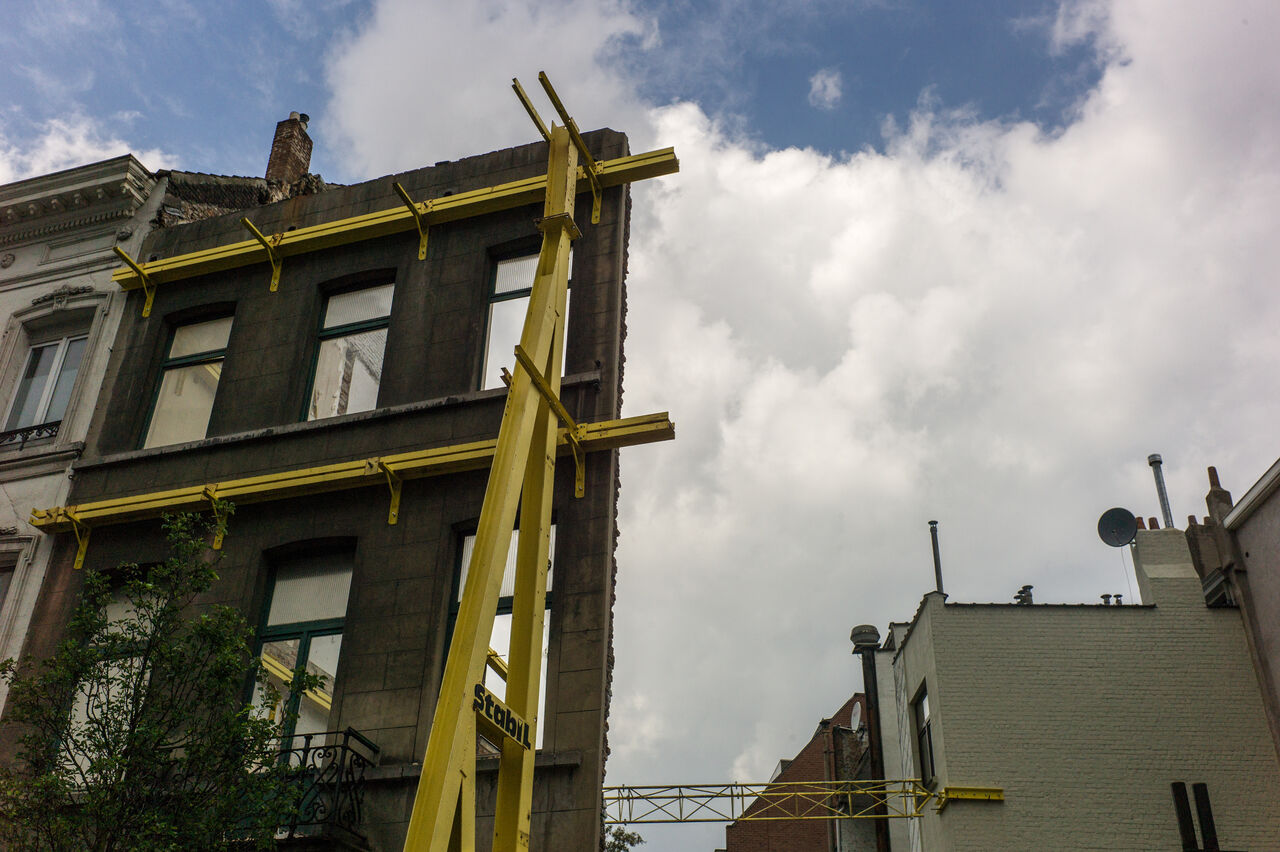
The task is to make kin in lines of inventive connection as a practice of learning to live and die well with each other in a thick present. Our task is to make trouble, to stir up potent response to devastating events, as well as to settle troubled waters and rebuild quiet places.
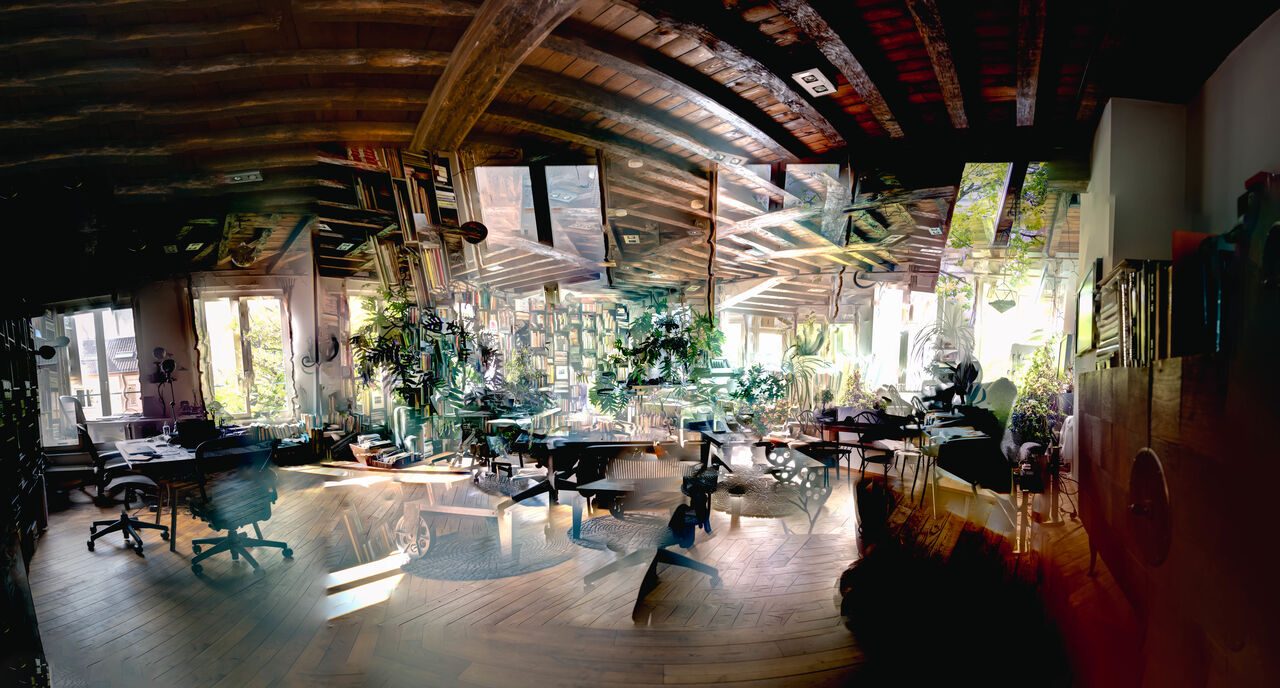
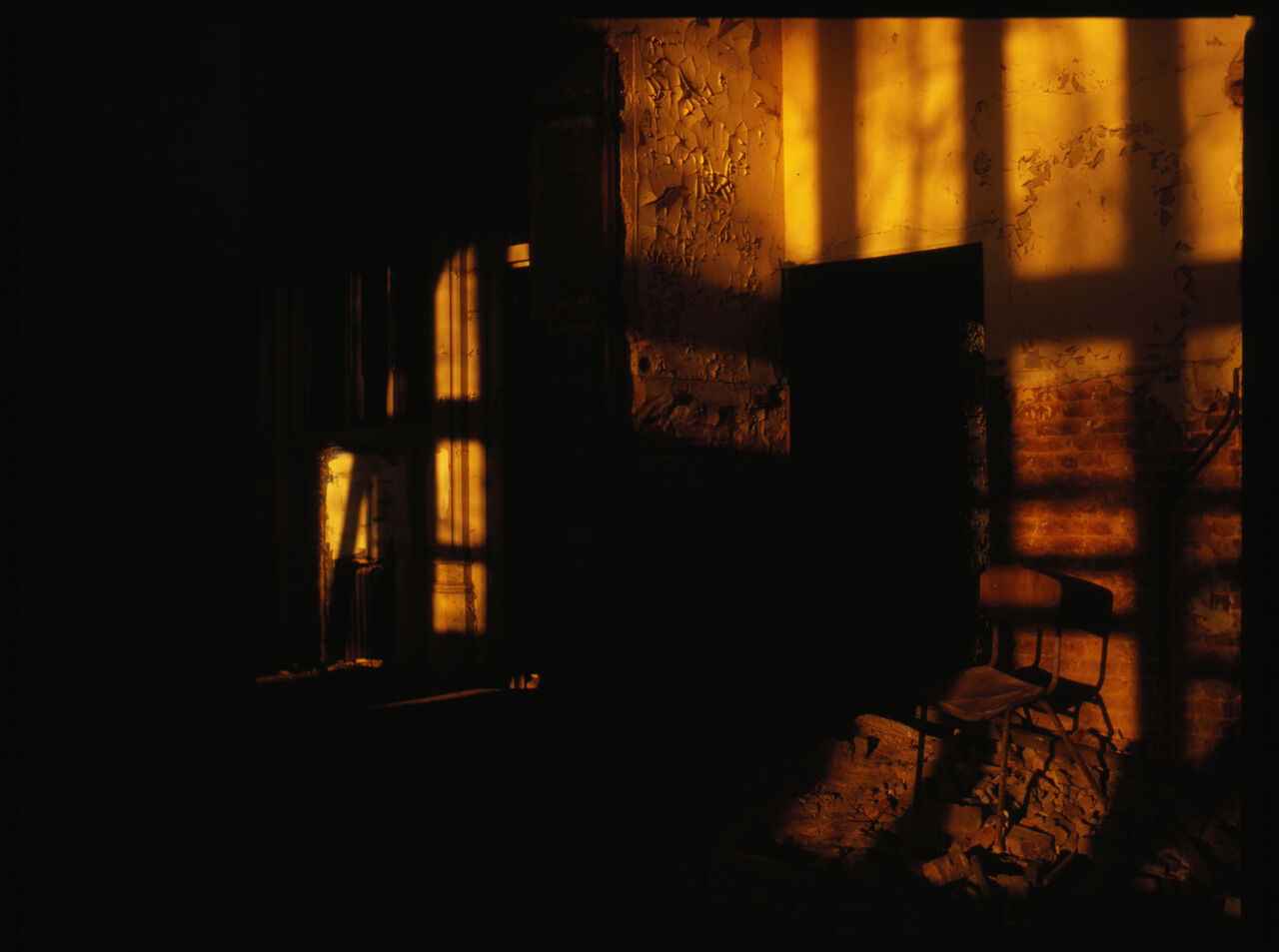
Here is a proposition in the making. A lure for feeling a world that might be. With this proposition, we bring together our subjective experiences of the world we find ourselves within and potential patterns of experience we would like to bring into existence within this world. In this propositional space, the subjects (FoAM network, boiling Earth, karst sinkholes, a house on the edge of a forest...) are drawn together with some predicative patterns (uncertainty, sanctuary, porousness of solitude and conviviality, right to silence...) to attune us to certain modes of living and working we’d like to experiment with. Since the world we inhabit may not (yet) be ready to entertain our propositions, we must actively forge conditions under which it might begin to. Paraphrasing from a conversation with Adam Nocek about Whitehead’s Process and Reality.
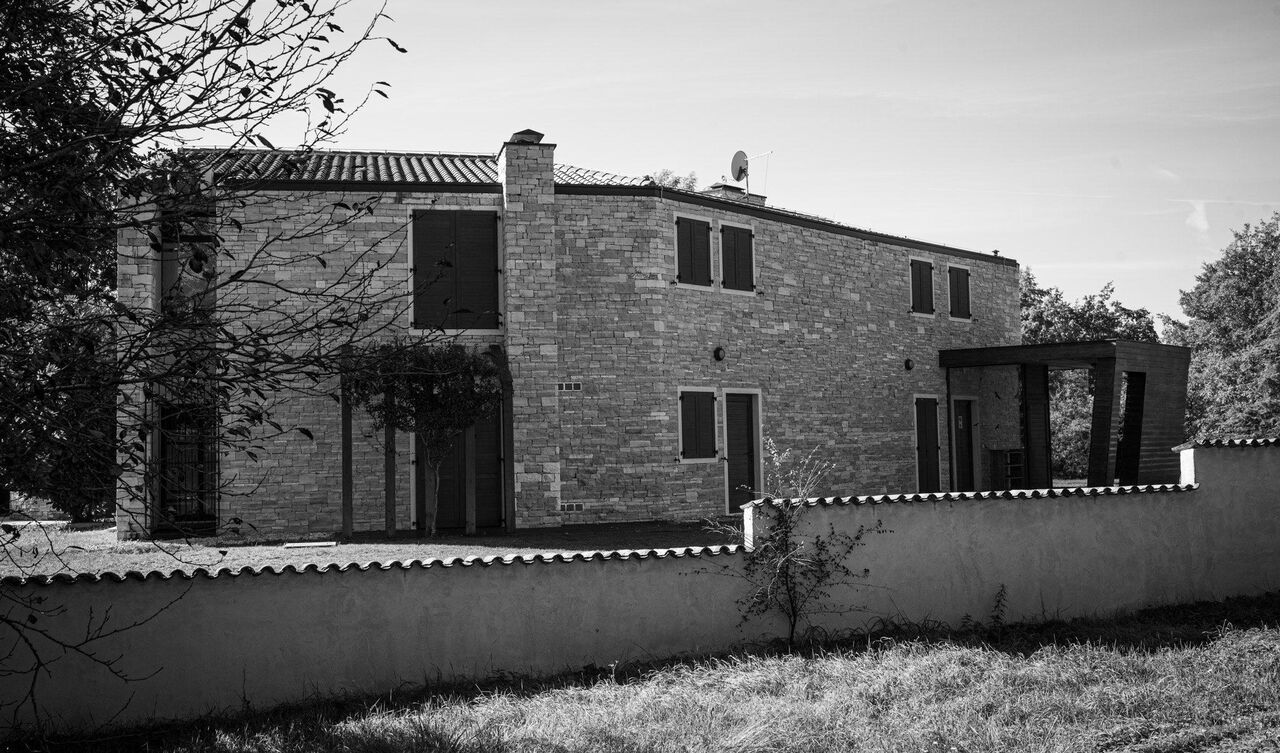
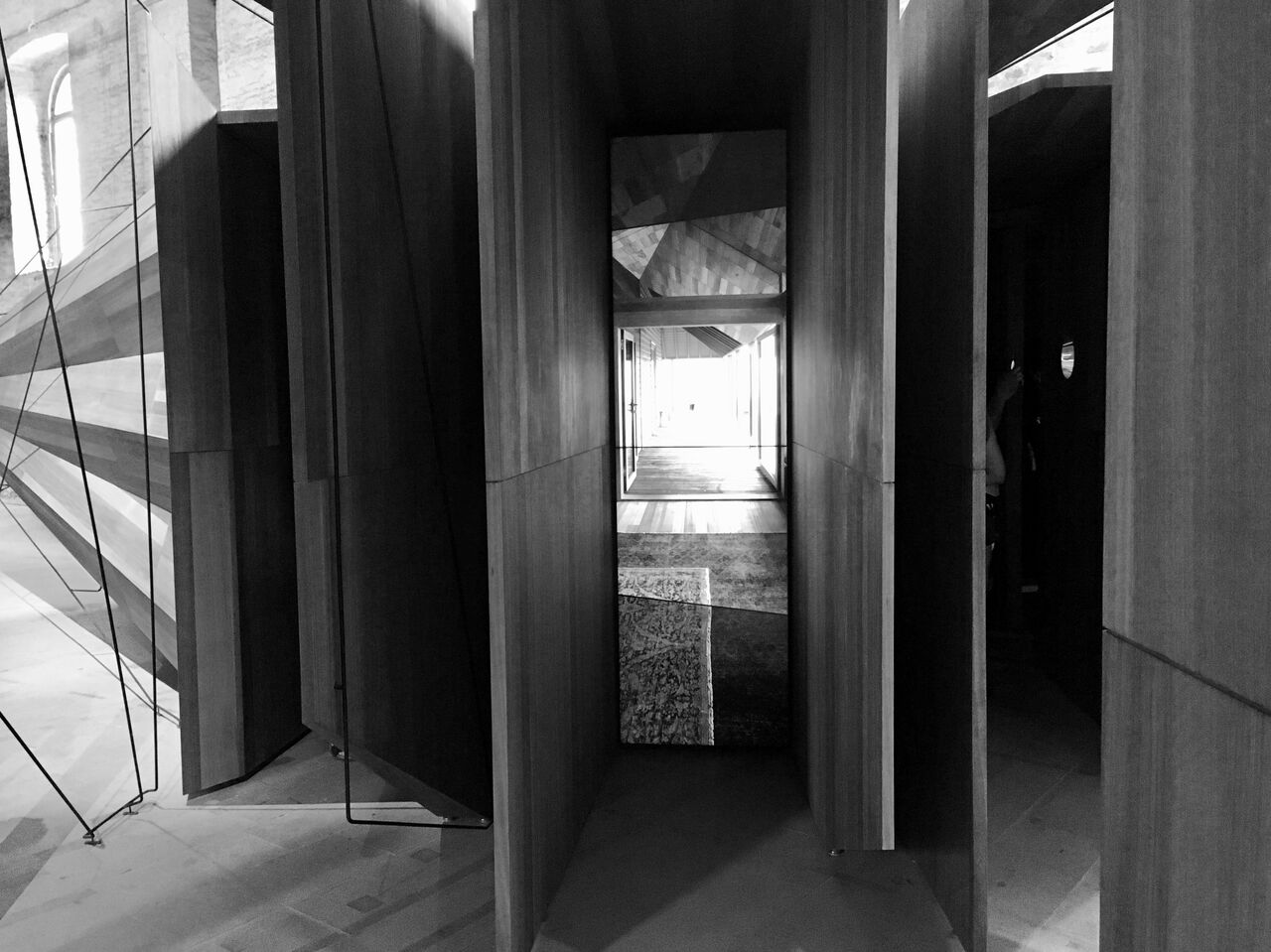
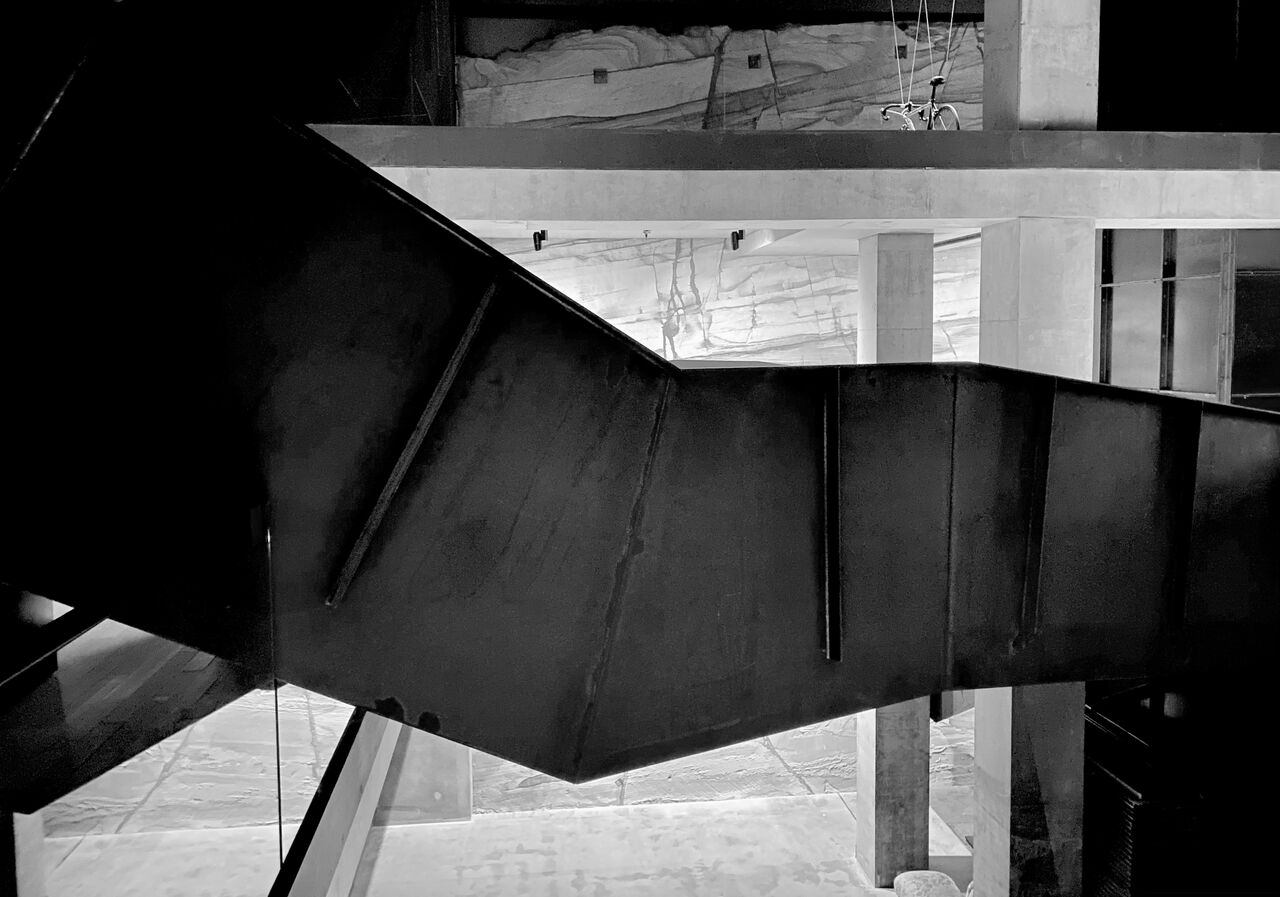
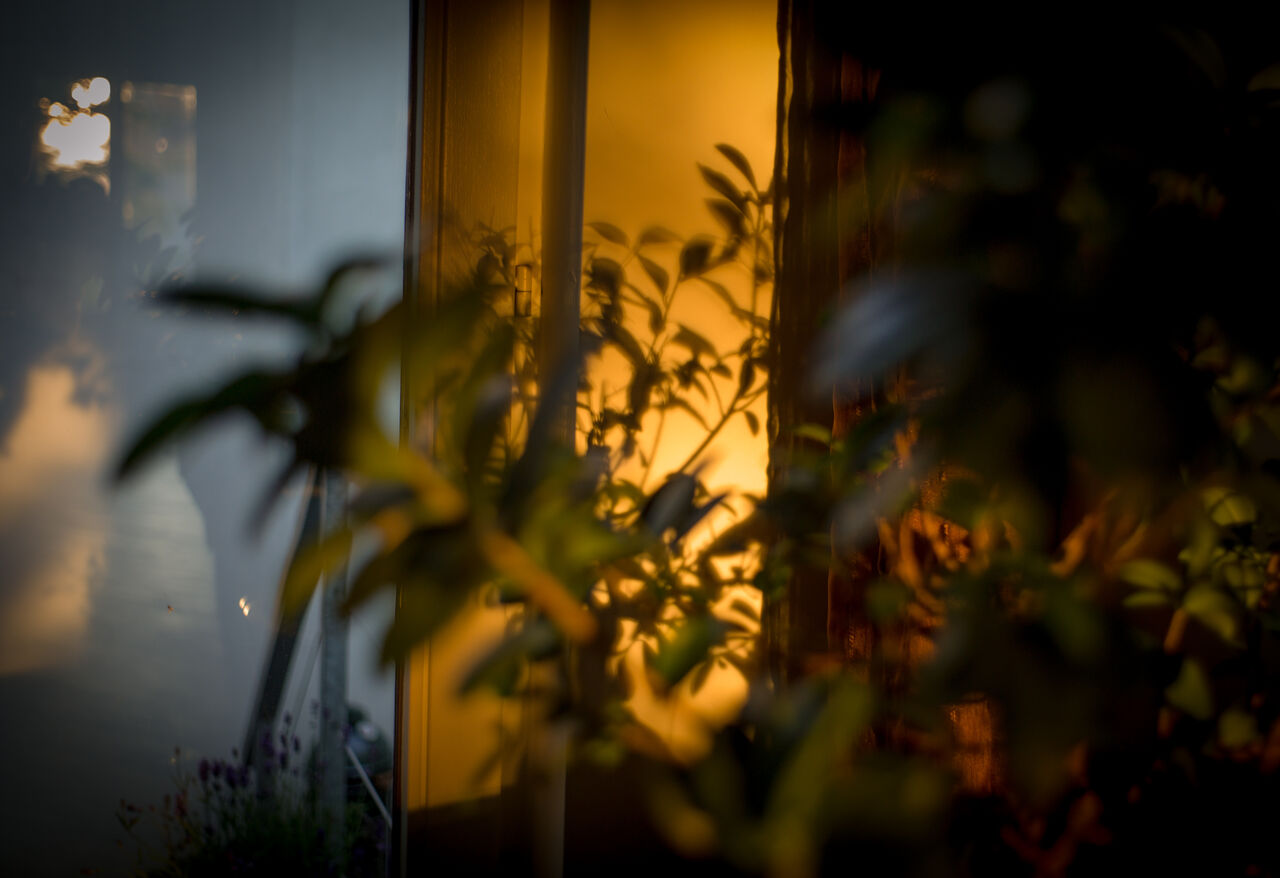
Generating propositions for the Outer Monastery
There is urgency in coming to see the world as a web of interrelated processes of which we are integral parts, so that all of our choices and actions have consequences for the world around us.Alfred North Whitehead in Process and Reality.
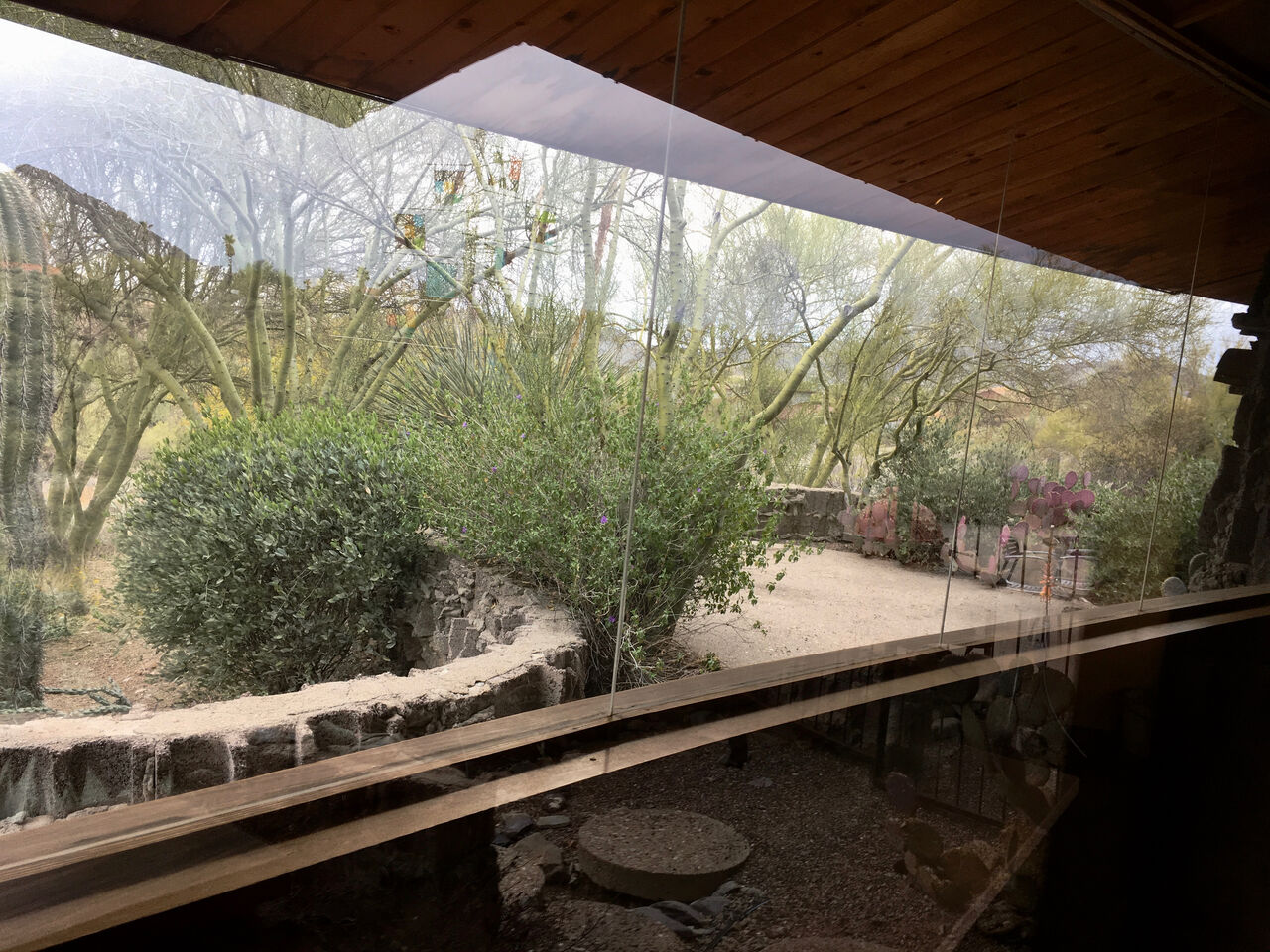
We begin with an experimental set of ‘occasions’, ‘qualia’ and ‘lures’ that suggest an outer monastery. They can be connected in many combinations. Occasions can be seen as experiences or situations, and Qualia describe qualities of those experiences. When occasions and qualia are combined they describe a proposition, suggesting what a particular experience might feel like. Lures suggest how a proposition could be made manifest in 'The Wider Realm' (aka the world).

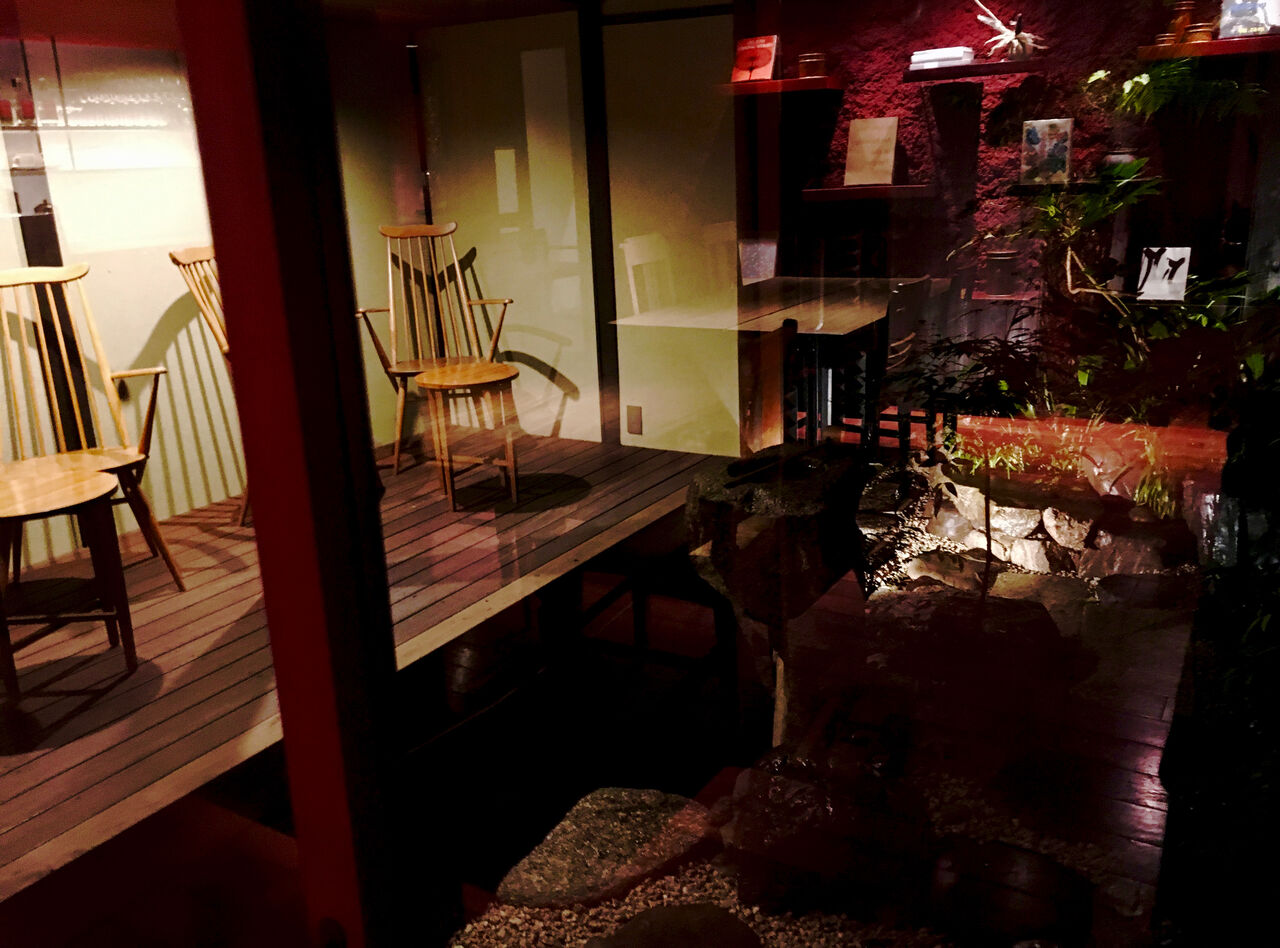
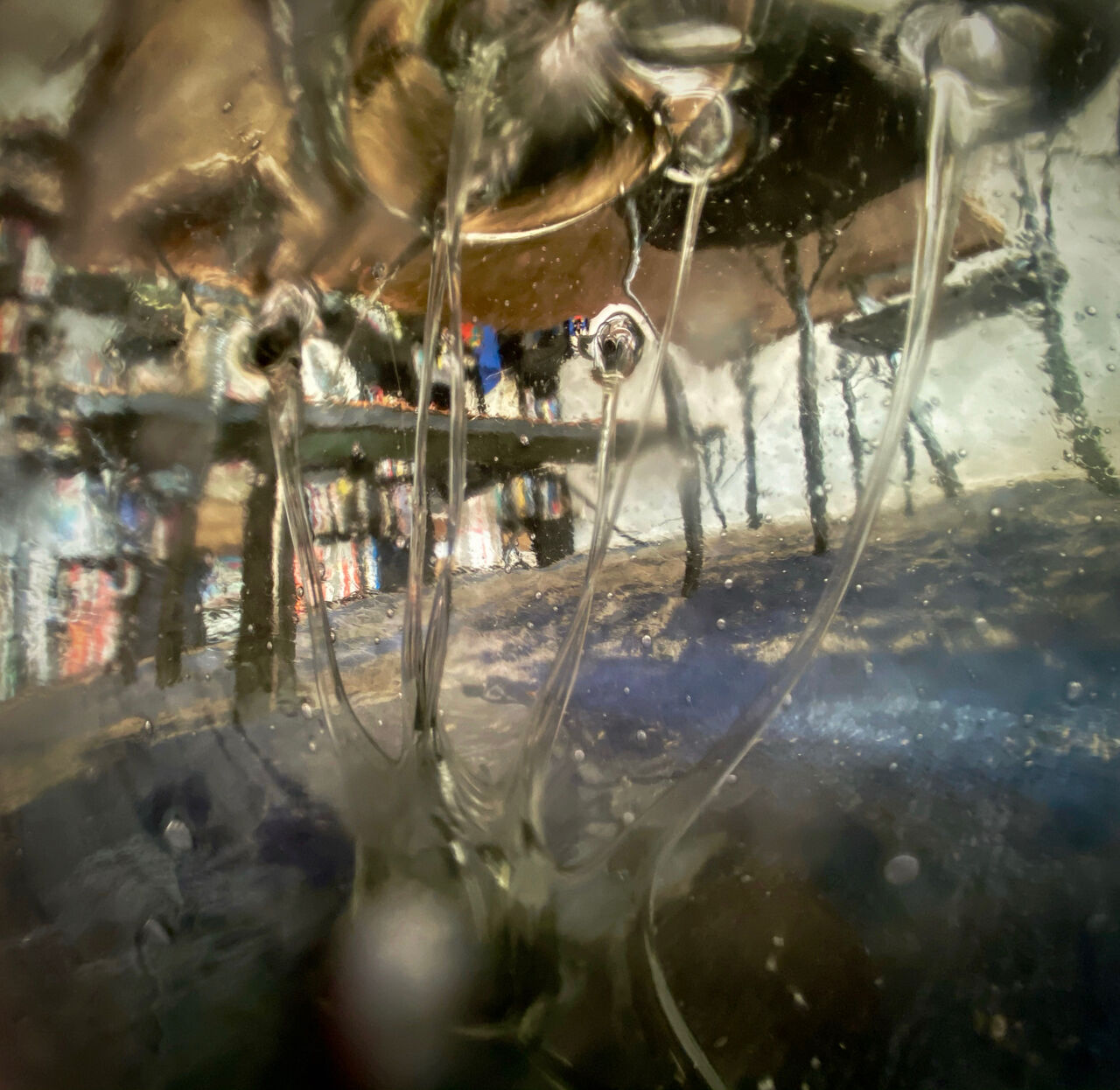
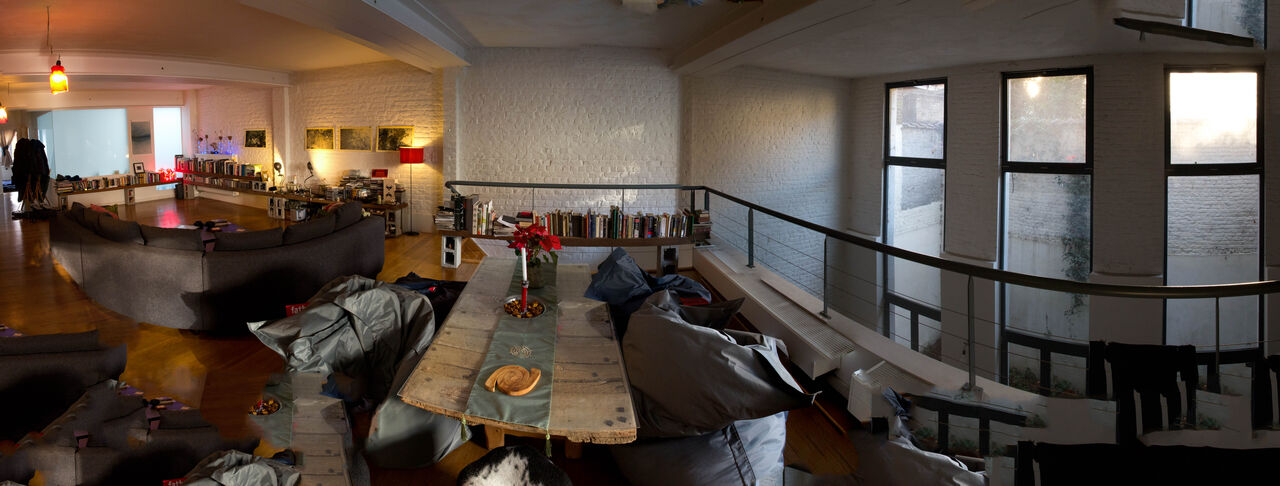
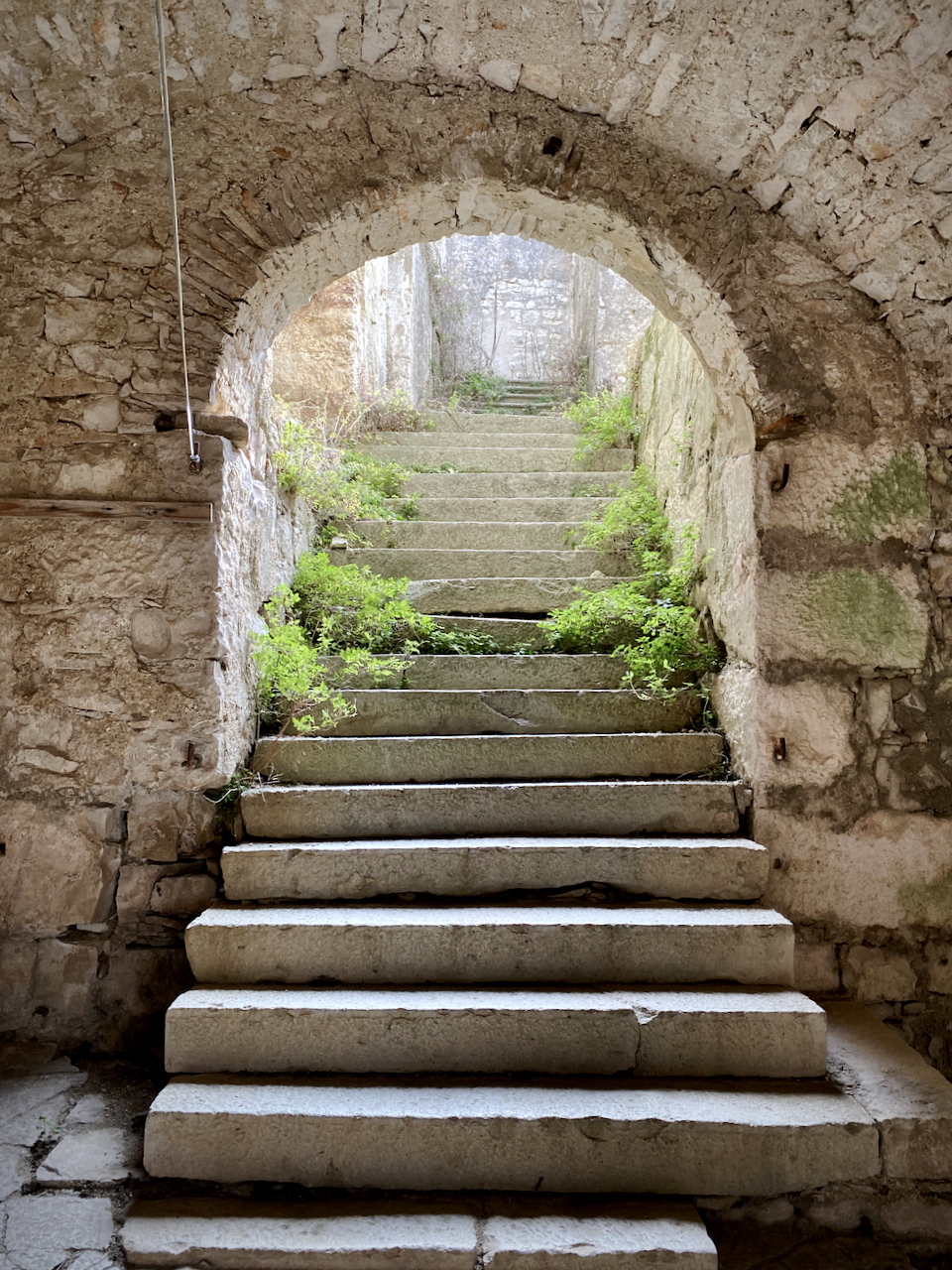
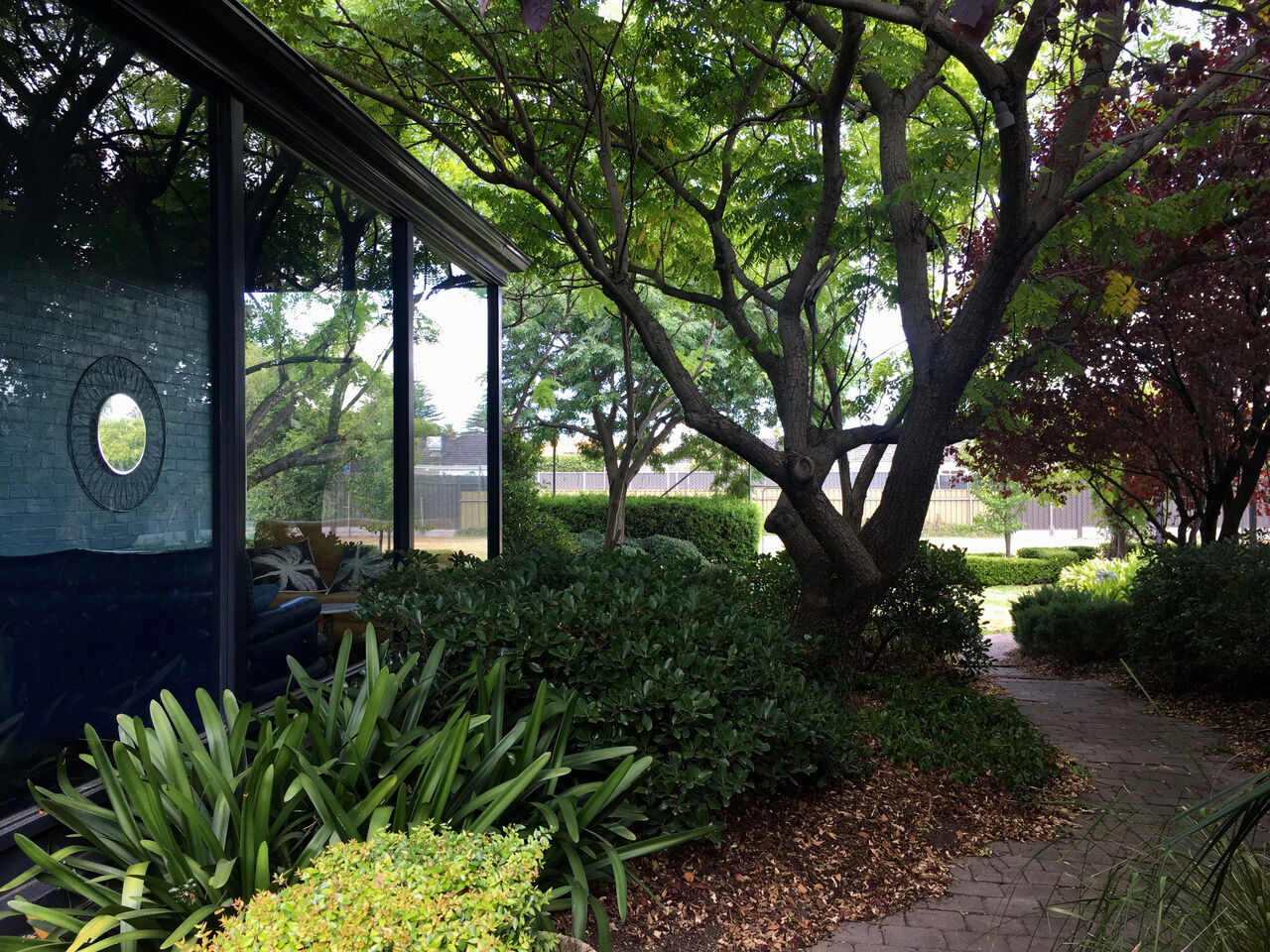
Occasions
administrationaffordable mysticism
art
boiling earth
building
change
community of practice
convivia
crafts
creative practice
crossroads
culture
daily practice
death
diaspora
dissonance
edge
feast
fieldwork
foam network
food
food forest
guests
home
horizon
house on the edge of the forest
introspection
isolation
karst
knowledge
larger reality
library
logistics
monastery
pattern
peak experience
quiet places
radmin
refugia
retreat
ritual
rule
sanctuary
sound
stories
silence
technology
text
weather
workshop
worlds
Qualia
adaptivealone
alternative
attentive
ceremonial
concentration
convivial
curiosity
digital
dispersed
embodied
emergent
equanimity
flexible
frontline
grief
hermetic
hope
hostile
imagination
insular
intentional
intergenerational
joy
liminal
luminous
marginal
marginal
mystical
networked
new
old
ordinary
organic
permeable
porous
resilient
sacred
sensory
silence
solace
solidarity
solitude
syncretic
timeless
together
transdisciplinary
turbulent
uncertain
unconventional
unintentional
Lures
balancebootstrap
care
celebrate
collaborate
collaborate
collect
commission
compost
connect
contemplate
develop
dwell
endure
engage
entangle
experiment
facilitate
flood
focus
future
garden
grow
hold space
hospice
host
insulate
invoke
isolate
listen
maintain
make
nurture
participate
preserve
protect
prototype
publish
read
reinvigorate
research
rest
reuse
review
shape
study
support
taste
train
transform
transition
There are many ways in which occasions, qualia and lures can become entangled. One of the fascicles of the Anarchive contains a set of cards and techniques that we use to facilitate this process. See, for example, possible protocols for Divination.
Prompts for further exploration of possibility space
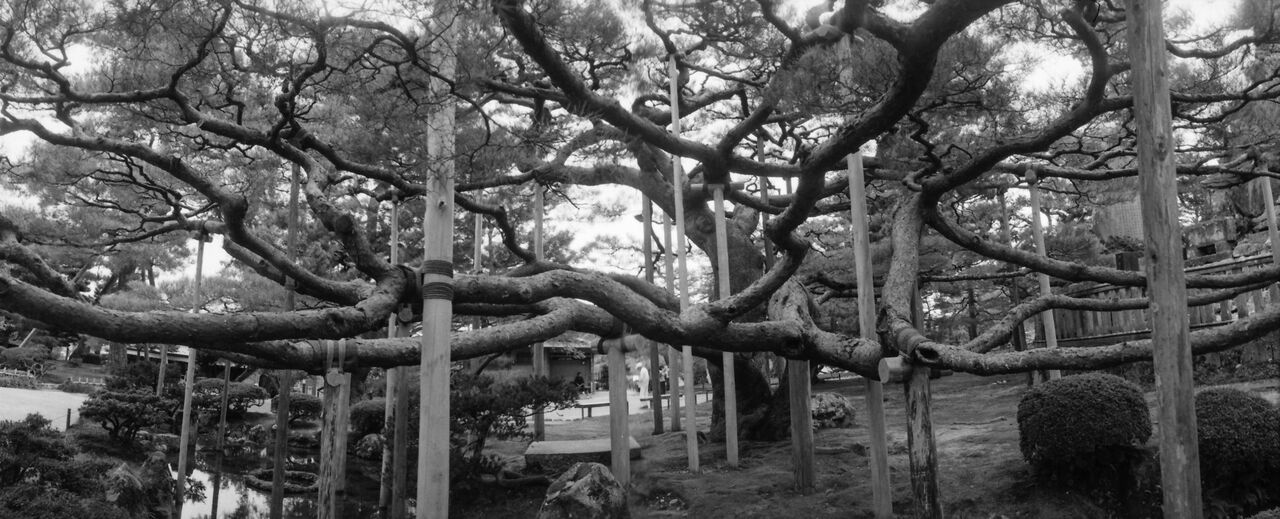
Think about the Cornerstone as manifesto and keystone arch.
How does it determine the structure of the Outer Monastery's creative community?
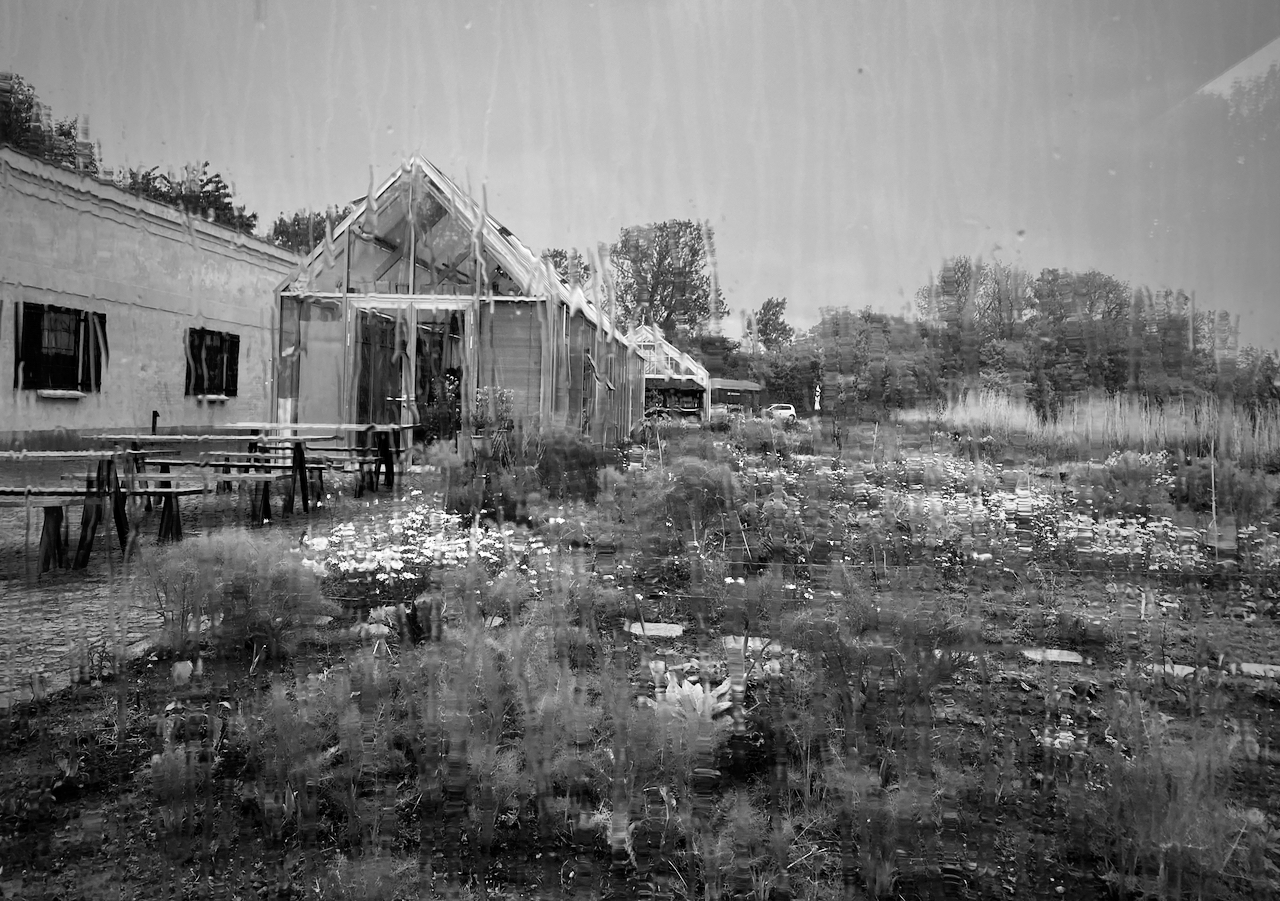

What challenges arise from embodying both a manifesto and a structuring template within the Cornerstone, and how might this relate to Christian monastic ways Written in the early sixth century, elaborating upon St. Augustine's Rule, St. Benedict's Rule for Monasteries (Regula Sancti Benedicti) serves as a comprehensive yet balanced guide for those seeking a contemplative life within a monastic community. Stressing obedience, humility, and stability, it addresses various aspects of monastic life, including the daily schedule of prayers and work, communal living, and the importance of silence and solitude. or those of older monastic traditions such as Buddhism The Pratimokṣa (प्रातिमोक्ष) — a section of the Vinaya — is a list of rules governing the behaviour of Buddhist monastics. or Jainism The Five mahāvratas (Great Vows), from Mahavira's teachings are followed by all Jain ascetics.. Is the Cornerstone a set of schematics, or a utopian vision of this institution and its community already in full-swing?
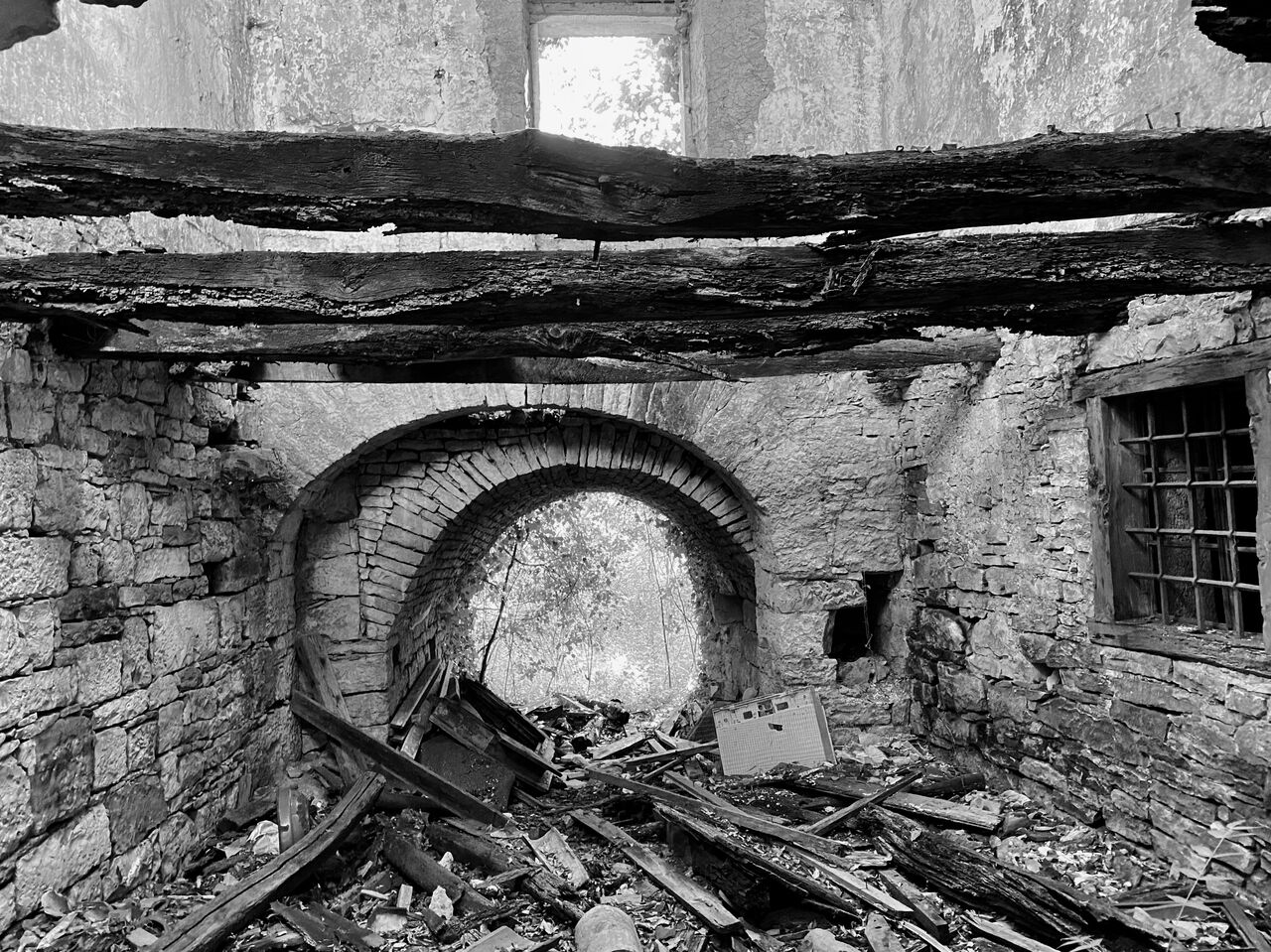

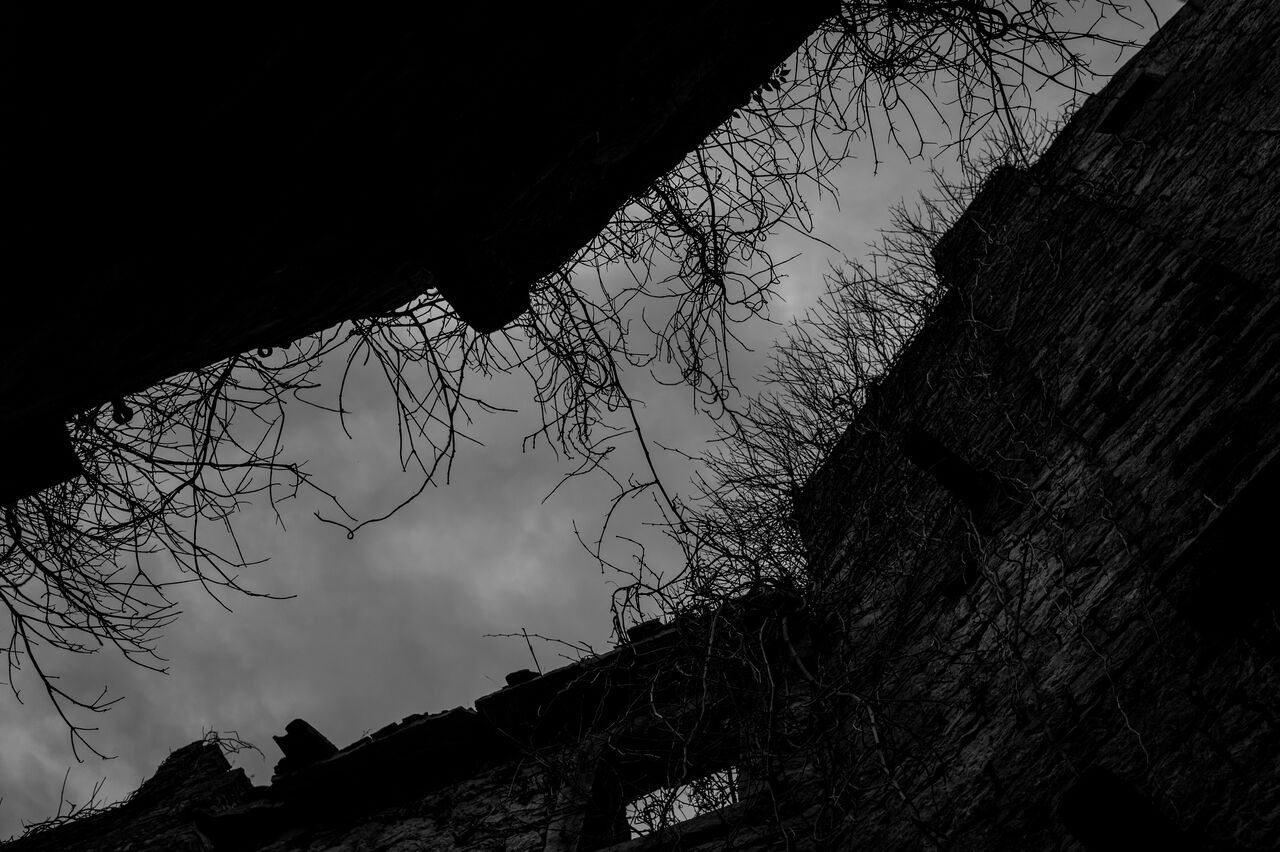
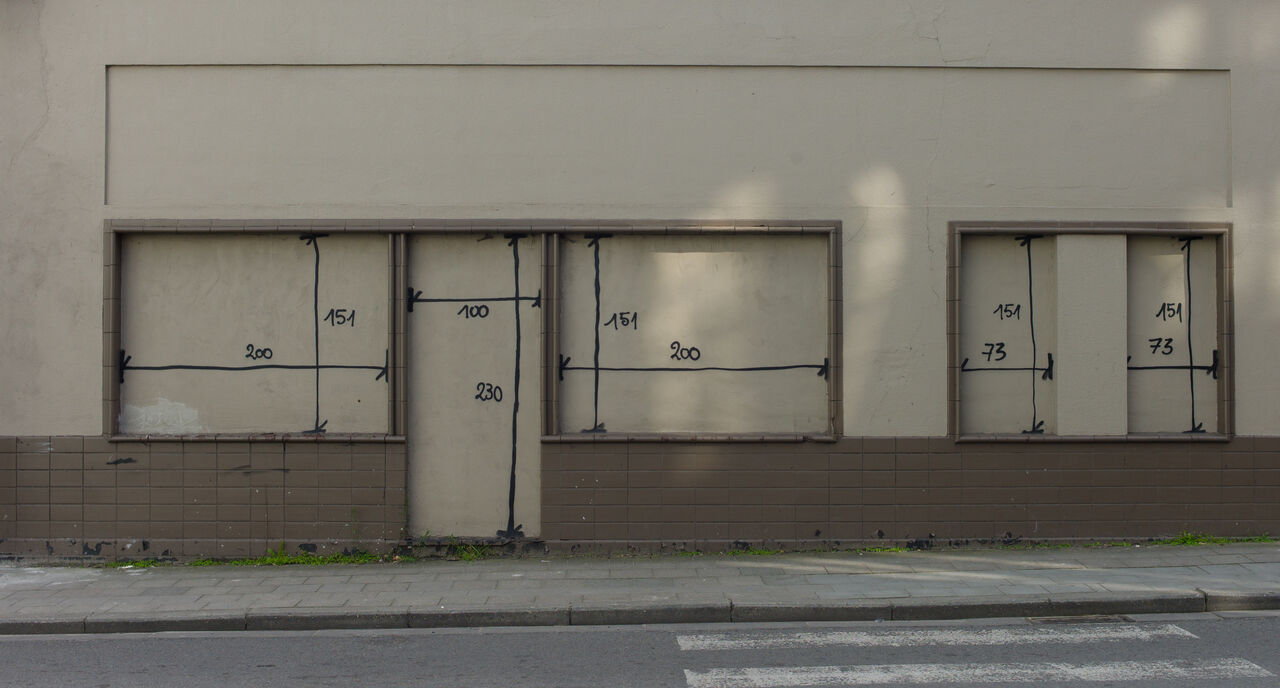
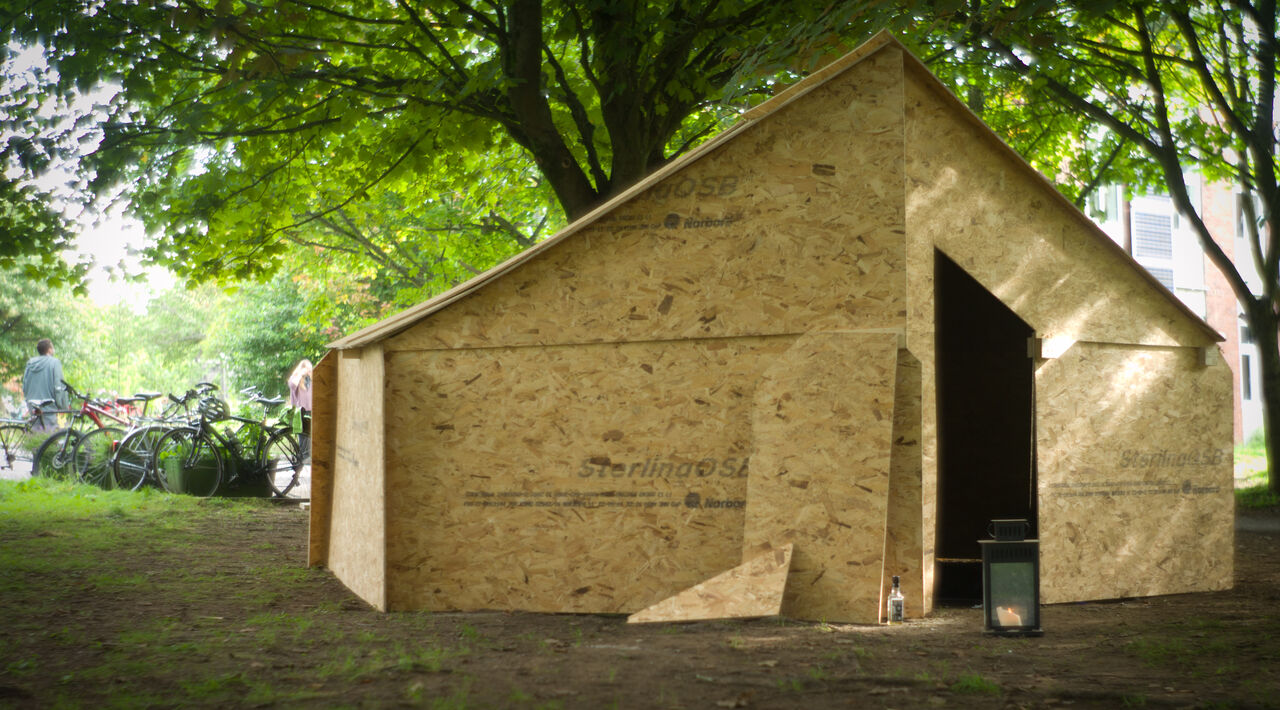
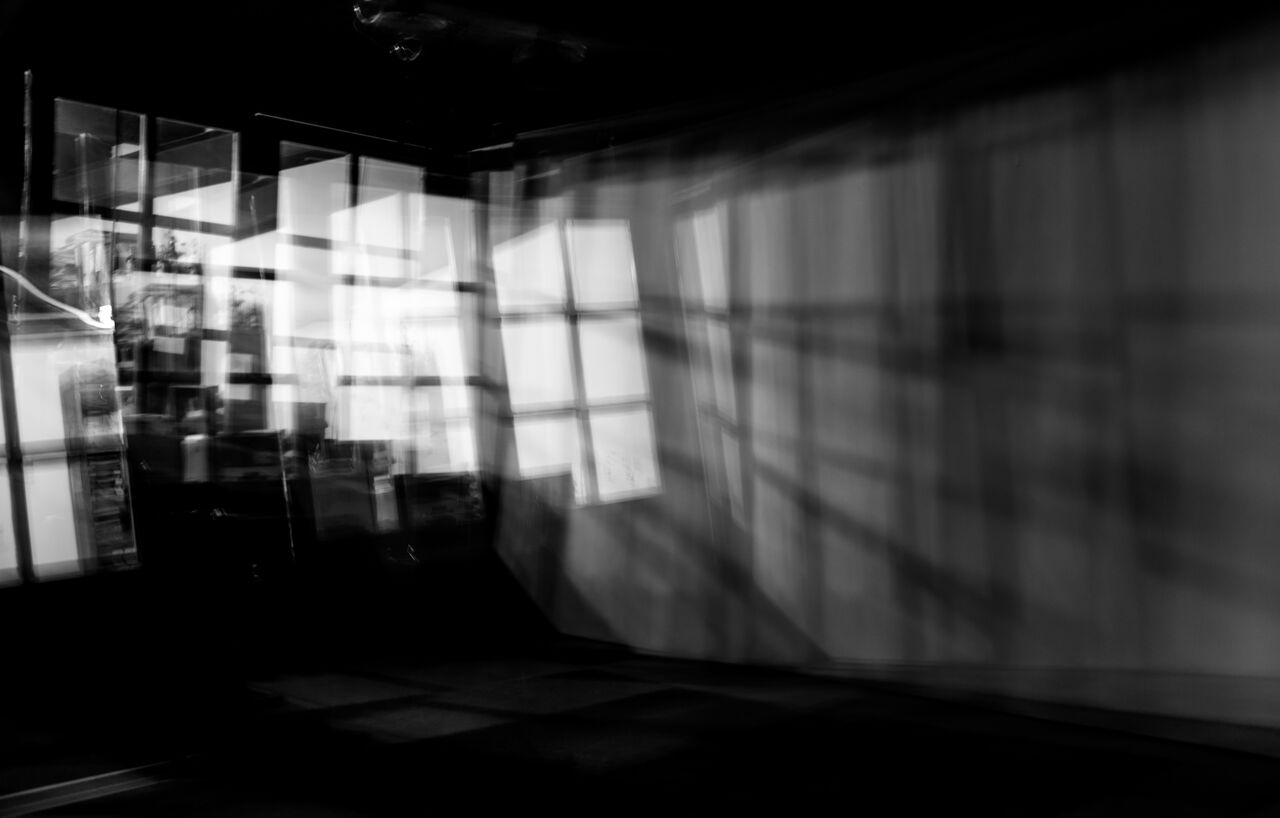


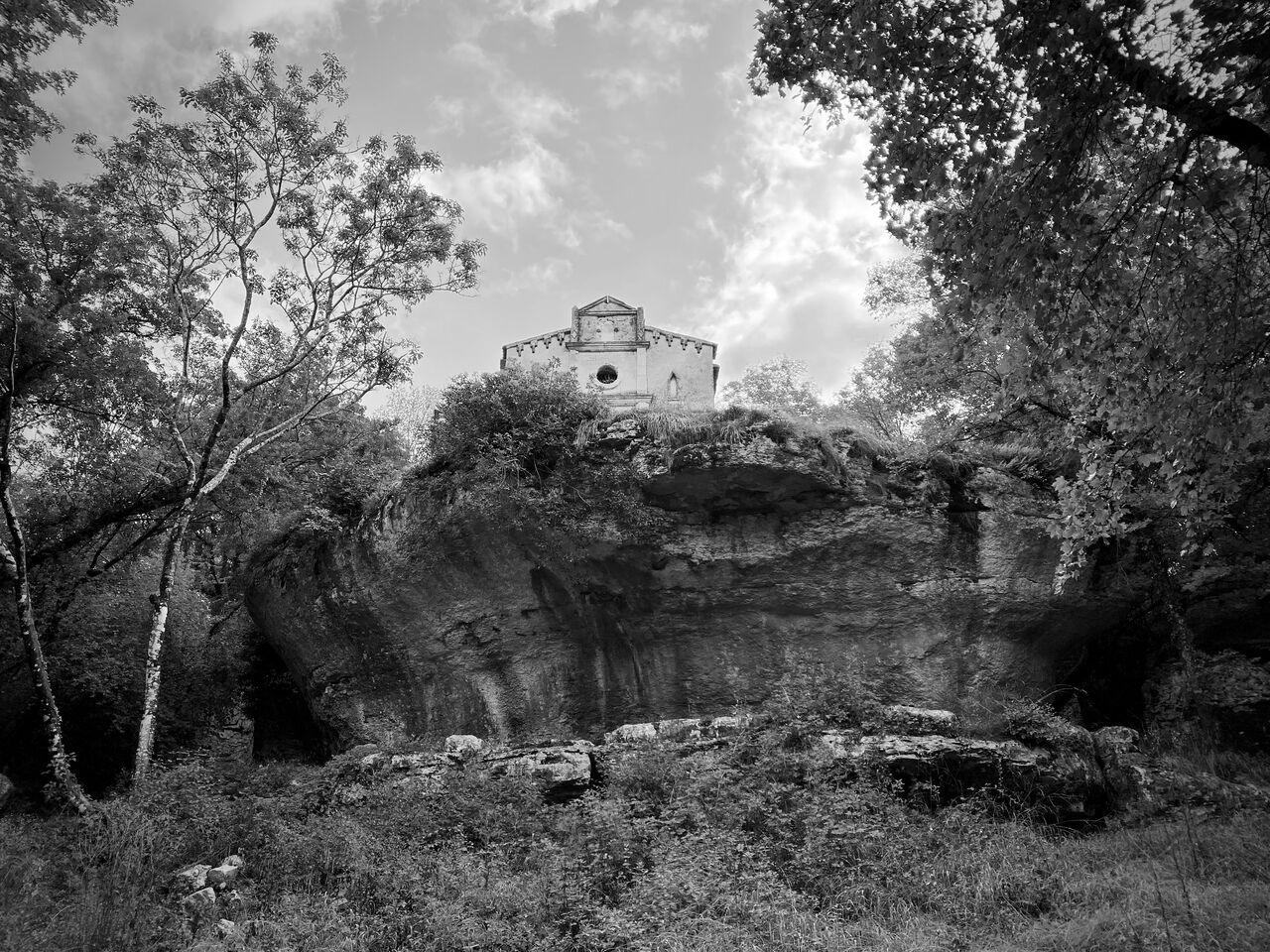
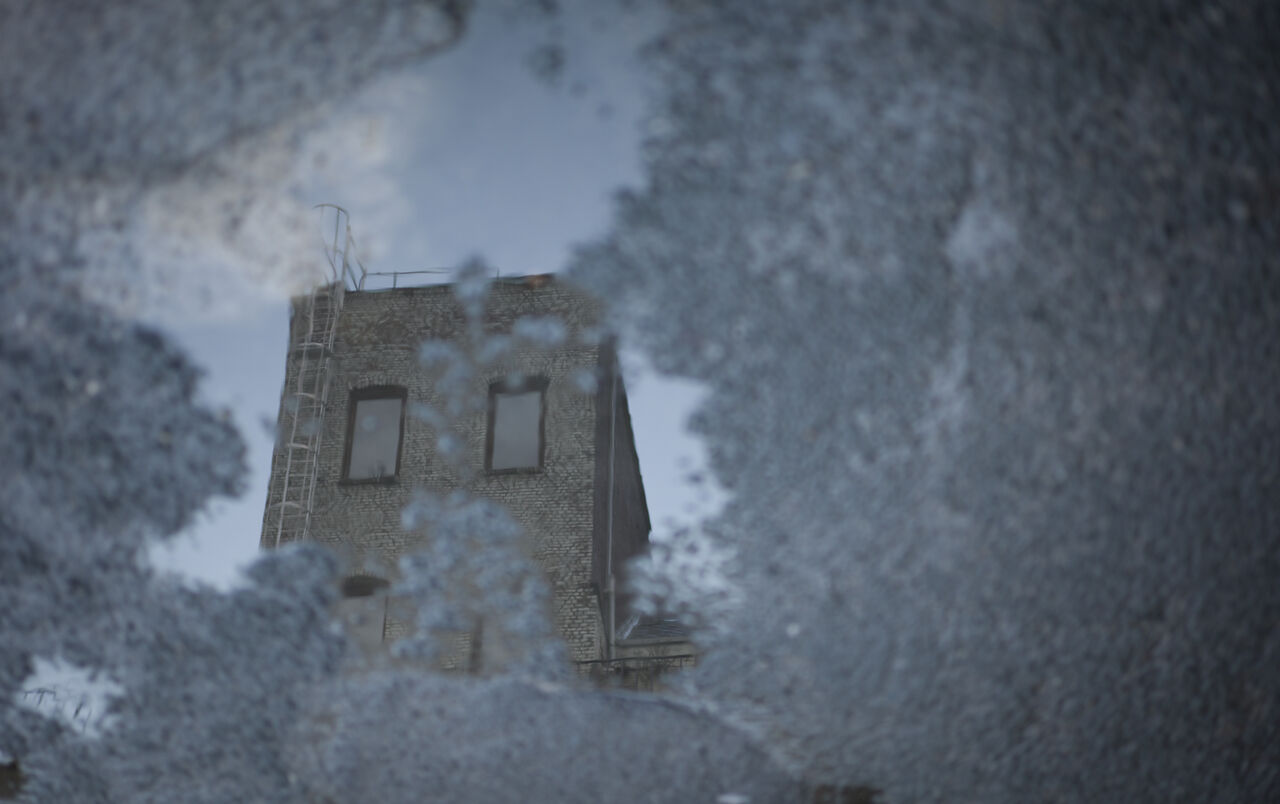
My body lives in the city,
But my essence dwells in the mountains.
The affairs of a puppet play
Are not to be taken too seriously.
When the polar mountain fits into a mustard seed,
All the words in the universe may as well be erased.
Immortal Sisters It is said that the great recluse lives in the city, while the lesser recluse lives in the mountains, emblematic of the idea that true transcendence does not depend on favourable external conditions. Mundane behaviours are described as affairs of a puppet play insofar they are controlled by conditioning rather than by autonomous individual decisions. The image of the immense polar mountain fitting into a mustard seed comes from Buddhism, and represents the attainment of mental freedom through experiential realization of universal relativity.
—Thomas Cleary, in Immortal Sisters
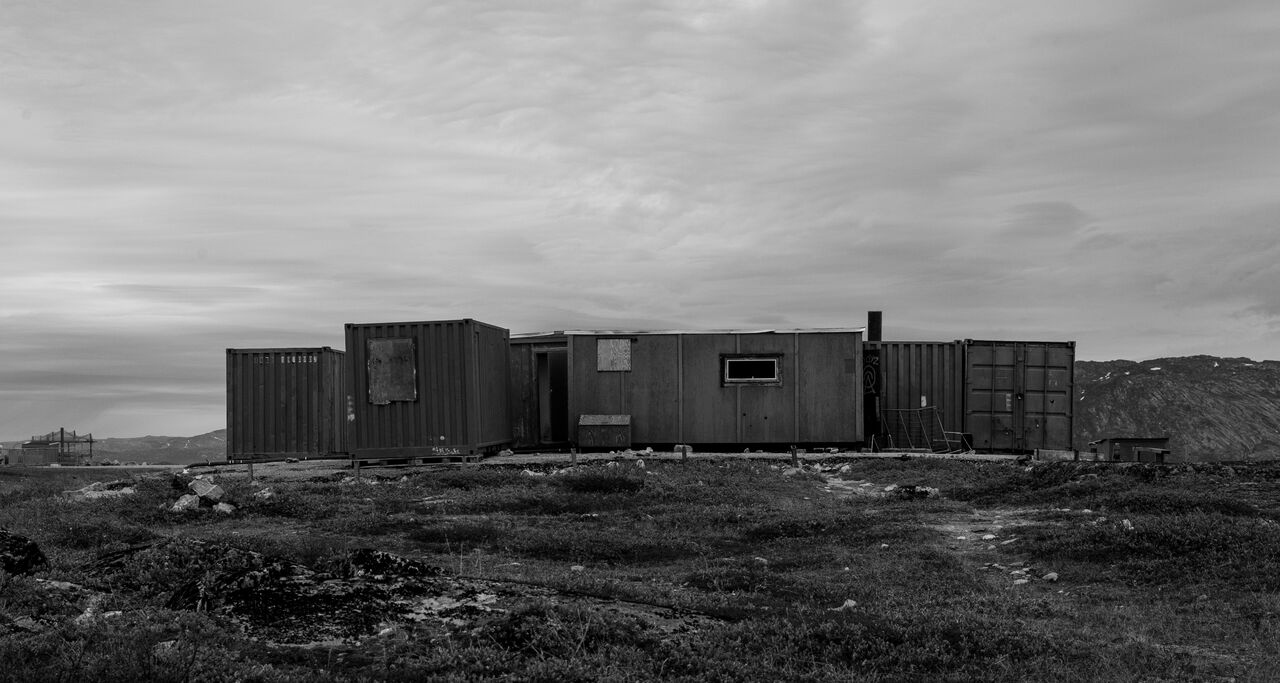
∞
Further Reading and References